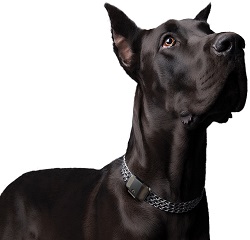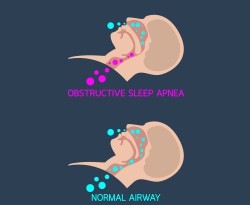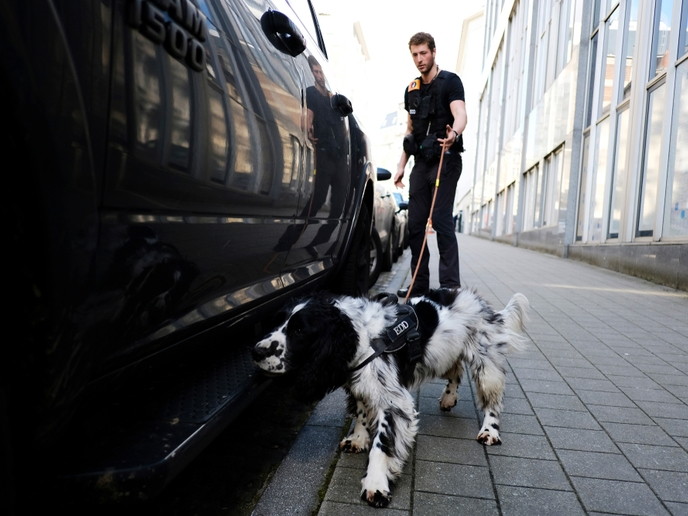Animal action
Mammals that digest plant-based foods by chewing it more than once (regurgitating and re-chewing) are called ruminants. These animals include cattle, sheep, goats, camels, moose, antelopes and more. As science develops, keeping in mind that ruminants and their products play an important part in the food chain, it is vital to advance our understanding of these mammals. Europe produces over 3 000 scientific articles on ruminants per year and is the leading authority on the subject with over 400 European institutes or universities involved. Collaboration on the subject within Europe and worldwide is extensive (although that with eastern Europe lags behind). With this in mind, the EU-funded study ERIN has been looking to develop an integrated European infrastructure network of animal facilities in ruminant physiology. It conducted in-depth research and interviews with stakeholders in the industry, building scenarios for establishing research facilities in Europe. ERIN also organised a stakeholder conference to discuss the findings. The project found that most available studies focus on cattle as the predominant ruminant species, followed by sheep and goats. They cover mostly veterinary sciences, agriculture, dairy and animal science, as well as food science and food technology. However, there are many other topics that are not being addressed in light of the rapidly changing world around us. In particular, ERIN highlighted how research on ruminants needs to address new challenges globally: food security, climate change and the sustainability of production systems. This includes protection of the environment and animal welfare, as well as social equity. Innovative solutions require integrated applications of existing knowledge, science and technology, as well as interdisciplinary networks and increased participation of stakeholders. In the past, studies mostly looked at traits such as growth rate and a handful of genes. Today, more complex traits like fertility or behaviour are being addressed, and are linked to numerous genes that should be studied more closely. ERIN has highlighted the need for more detailed pools of information to understand the links between genes, environment, and traits. This requires in-depth investigation related to relatively new science fields (associated with genetics) such as metabolomics, proteomics, and transcriptomics. On another front, innovative solutions for farming must take into account the various environmental contexts of agriculture in Europe, helping to adapt to each area. In addition, ruminants are increasingly being used as models for studying human disorders such as reproductive or development disorders. Emerging scientific approaches and tools including tools for biomedical research are set to advance agricultural research, especially in developing non-invasive investigation techniques (e.g. imagery). While this has already begun, it is limited in scale and requires more funding. Close coordination between researchers and novel solutions will be crucial to help farming cope with global challenges. Experimental facilities must work together to develop less invasive, more precise investigation methods. A new, shared facility will certainly help research on ruminants and benefit the sector. This it is believed will increase the quality and the efficiency of European research.






